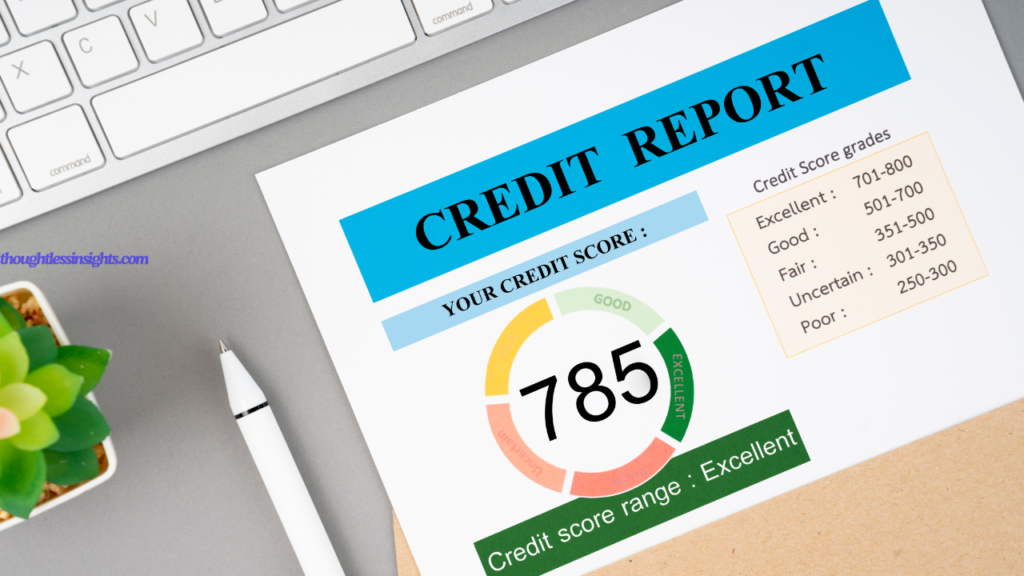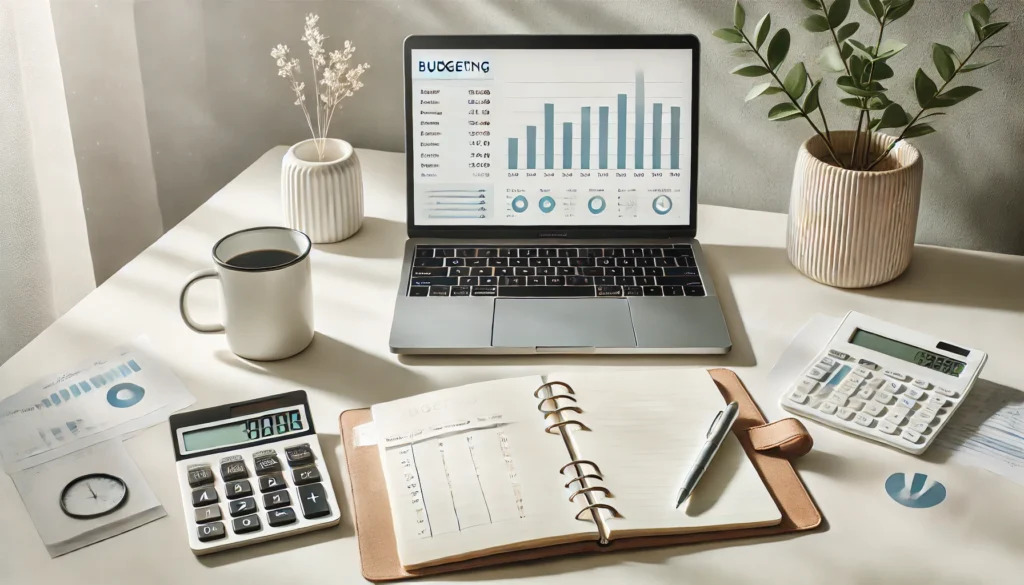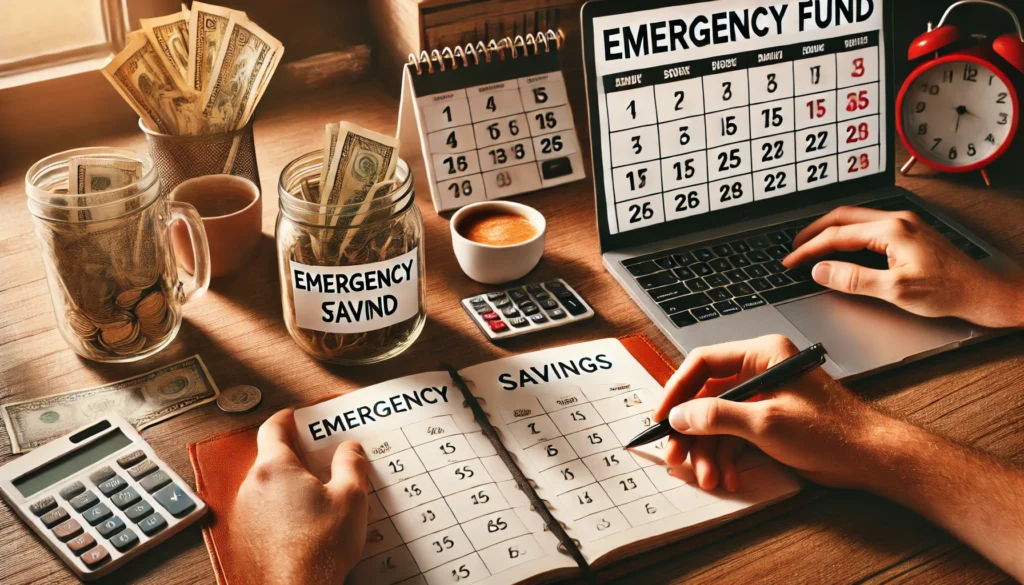Let’s talk about something that affects your financial life more than you might realize: credit utilization. Have you ever looked at your credit score and wondered, “Why is it lower than I expected?” One common culprit is higher credit utilization. But what exactly is it, and why does it have such a big impact? Let’s break it down in simple terms so you can take control of your credit and keep that score climbing.
Table of Contents
What Is Credit Utilization, and Why Is It Important?
Credit utilization is essentially the percentage of your total credit limit that you’re using at any given time. Think of it as the proportion of borrowed money compared to your borrowing capacity. The formula is straightforward:
Credit Utilization Ratio = (Total Credit Used / Total Credit Limit) × 100
For example, if you have a total credit limit of $10,000 and you’ve used $3,000, your credit utilization ratio is 30%. Pretty simple, right?
Now, here’s why it matters. Credit utilization accounts for about 30% of your FICO score, making it one of the most significant factors in your overall creditworthiness. This percentage shows lenders how reliant you are on borrowed money. The lower your utilization rate, the better you appear as a borrower.
But why does higher credit utilization decrease your credit score? Let’s dig deeper.
What Is the Best Definition of a Credit Score?
A credit score is a numerical representation of your creditworthiness. It’s calculated based on your credit history and gives lenders an idea of how likely you are to repay your debts. The score typically ranges from 300 to 850, with higher scores indicating better credit health. Factors like payment history, credit utilization, length of credit history, types of credit, and recent inquiries all contribute to your score. In short, your credit score is like a report card for your financial behavior.
How Credit Utilization Affects Your Credit Score
When lenders or credit scoring models evaluate your financial habits, credit utilization plays a critical role. It’s a measure of how much of your available credit you’re using, which reflects your financial health and spending behavior. Here are some key points to understand:
Credit Utilization and Creditworthiness
Lenders want to see that you can manage your finances responsibly. A low credit utilization ratio signals that you’re not overly dependent on credit, which makes you appear more trustworthy. On the other hand, a high utilization ratio raises red flags. It suggests you might be living beyond your means or facing financial stress, which can make lenders hesitant to extend more credit.
Credit Scoring Models and Utilization
Both the FICO score and VantageScore models place heavy emphasis on credit utilization. In the FICO model, it’s part of the “Amounts Owed” category. For VantageScore, it’s equally important. High utilization can drag down your score, even if you make on-time payments.

Why Higher Credit Utilization Lowers Your Credit Score
So, why does higher credit utilization decrease your credit score? It comes down to a few key factors:
Perception of Risk
When you’re using a large portion of your credit limit, lenders see this as a sign that you might be struggling to manage your finances. High utilization suggests you’re heavily reliant on credit to cover your expenses. This perception of risk can lead to a lower credit score and make it harder to secure loans or favorable interest rates.
Reduced Available Credit
High credit utilization reduces the cushion of available credit you have. This lack of breathing room increases your credit risk, especially in emergencies. If you’ve maxed out your cards or are close to it, lenders might worry that you won’t be able to repay what you owe.
Credit Scoring Algorithms
Credit scoring algorithms are designed to reward borrowers who manage their credit responsibly. When you maintain a low utilization rate, it shows good financial discipline. On the flip side, high utilization signals poor management of available credit, which leads to a drop in your score.
How to Lower Credit Utilization and Improve Your Credit Score
Now that we’ve addressed why higher credit utilization decreases your credit score, let’s talk solutions. The good news is that you can take actionable steps to lower your utilization rate and boost your score. Here’s how:
Pay Down Balances Strategically
Focus on paying off balances on cards with the highest utilization rates first. This targeted approach can significantly lower your overall credit utilization. If possible, aim to pay more than the minimum payment each month to make faster progress.
Increase Your Credit Limits
Contact your credit card issuers and request a credit limit increase. For example, if your limit goes from $5,000 to $7,000 and your balance remains $1,500, your utilization ratio drops automatically. However, resist the temptation to spend more after your limit increases!
Monitor Your Spending Habits
Be mindful of how you’re using your credit cards. Avoid charging non-essential expenses to your cards and stick to a budget. Using your card for needs rather than wants will help keep balances low.
Pay Twice a Month
Instead of making one payment at the end of the billing cycle, try paying off your balance in smaller chunks throughout the month. This keeps your reported balances low and reduces your utilization ratio before it’s even calculated.
Long-Term Benefits of Maintaining Low Credit Utilization
Keeping your credit utilization low isn’t just about improving your score. It also comes with long-term benefits that can make a significant difference in your financial life:
Better Loan Terms: Higher credit scores lead to lower interest rates on loans and credit cards, saving you money over time.
Higher Credit Limits: Lenders are more likely to increase your credit limits when they see you managing credit responsibly.
Financial Flexibility: With a strong credit profile, you’ll have more options for financing major life goals, like buying a home or starting a business.
Conclusion
Understanding why higher credit utilization decreases your credit score is key to improving your financial health. By keeping your utilization low, you can build a strong credit profile, gain access to better financial opportunities, and reduce your overall stress about money. Remember, small changes in how you manage your credit can lead to big results over time.
Also Read: Why does personal finance dependent upon Behavior
Frequently Asked Questions(FAQs)
1. What is the optimal credit utilization percentage?
Experts recommend keeping your credit utilization below 30%. However, for the best impact on your score, aim for 10% or lower.
2. How often should I check my credit utilization?
It’s a good idea to monitor your credit utilization monthly. You can do this by checking your credit card statements or using a free credit monitoring service.
3. Does closing a credit card affect my utilization ratio?
Yes, closing a credit card can lower your total credit limit, which may increase your utilization ratio. Before closing a card, consider the potential impact on your credit score.
4. What affects your credit score besides utilization?
Other factors include payment history, length of credit history, types of credit used, and recent credit inquiries. Among these, payment history is the most important.
5. Can I improve my credit score quickly by lowering utilization?
Yes, lowering your credit utilization can have a relatively quick impact on your credit score. Once you pay down your balances and they are reported to credit bureaus, you’ll likely see an improvement.

